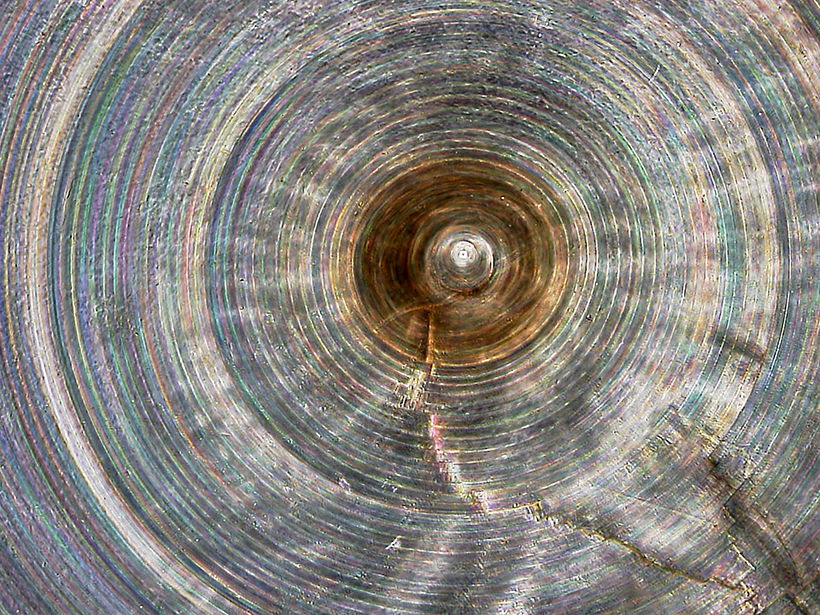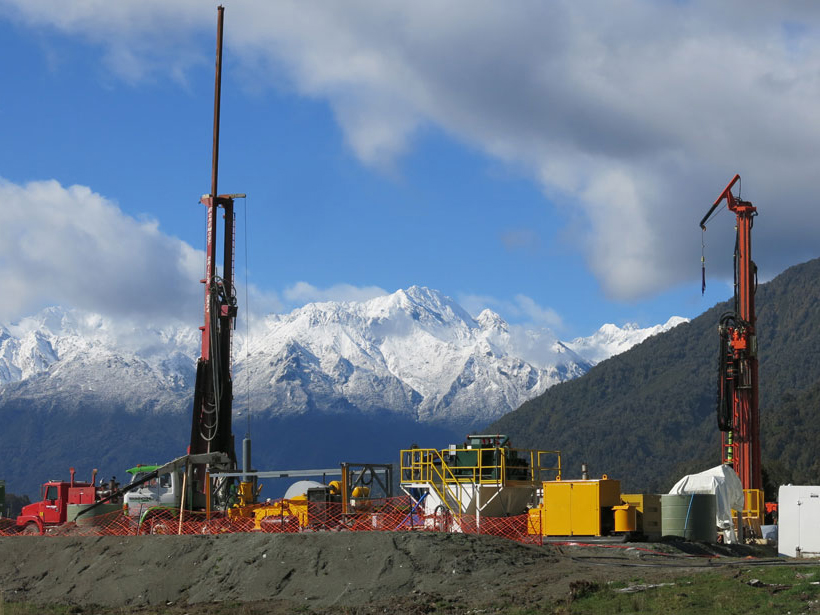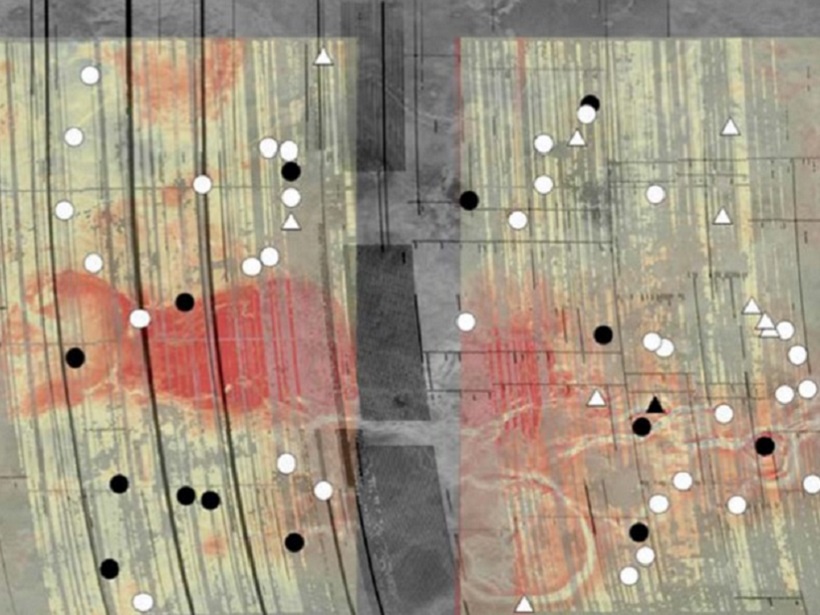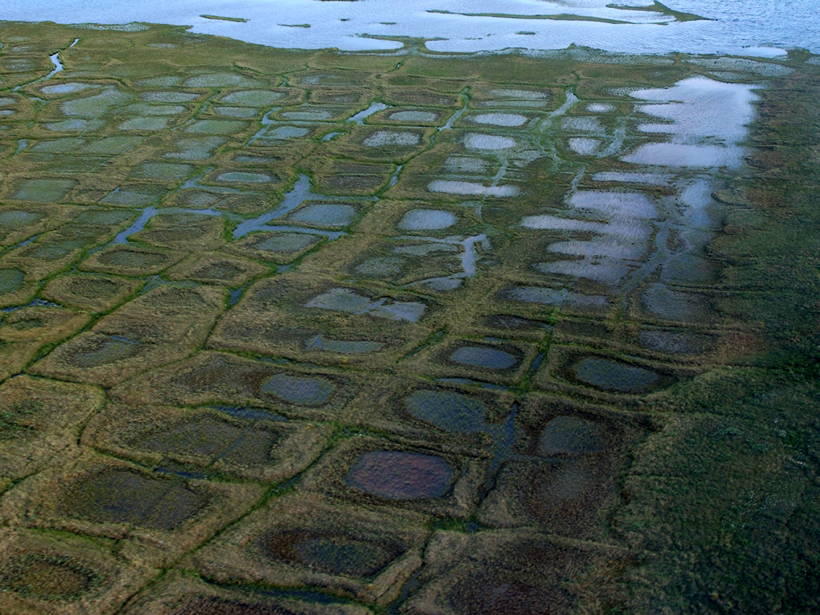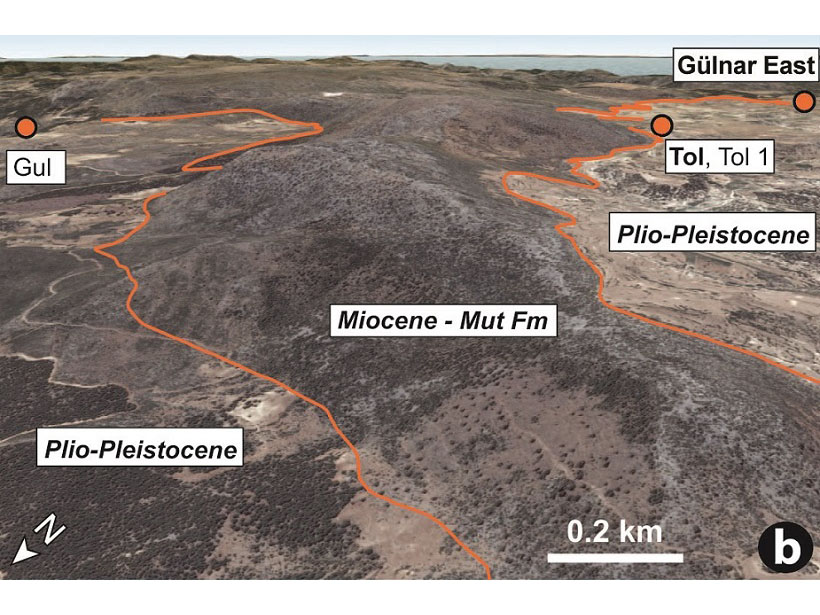Researchers probe millennia-old deep-ocean sponges for links between ocean nutrients and climate.
CC BY-NC-ND 2018
Fiber-Optic Networks Can Be Used as Seismic Arrays
A new study repurposes telecommunications cables to harness sound from light. The method can accurately measure ground motion from distant earthquakes.
Drilling into a Future Earthquake
Researchers drill into a fault that is anticipated to rupture in coming decades to study fault structure and earthquake physics.
Elevated Heat Flow at Coronae on Venus
Enigmatic surface features on Venus called coronae are important for how Venus loses heat, and measurement of surface flexing around these features indicates higher heat flows than on Earth.
Stanford Scientist Drops $10 Million Lawsuit over Critical Paper
Mark Jacobson, a renewable energy scientist, announced the decision on Twitter, saying he had succeeded in bringing his concerns to light.
Senior USGS Official Quits over Request for Advance Alaska Data
The official objected to providing results of an Alaskan energy assessment to Interior Secretary Zinke before the report was public. The department says Zinke acted within his authority.
Moon’s Magnetic Field May Magnetize Iron That Hits Its Surface
Scientists are using satellite data to study large impact basins on the surface of the Moon that contain magnetic anomalies.
Tracking Deep-Earth Processes from Rapid Topographic Changes
Rapid elevation-rise in Turkey, tracked by marine sediments that now sit at 1.5 km in elevation, is linked to deep-Earth processes that can explain short-lived, extreme rates of topographic change.
New Postage Stamps Focus on Bioluminescent Marine Life
The stamps help draw attention to the wonders of creatures that generate their own light and to the environmental problems that threaten them in marine habitats, scientists say.
Shedding Light on the Southern Ocean Carbon Sink
One of the world’s largest carbon sinks is still poorly understood.

